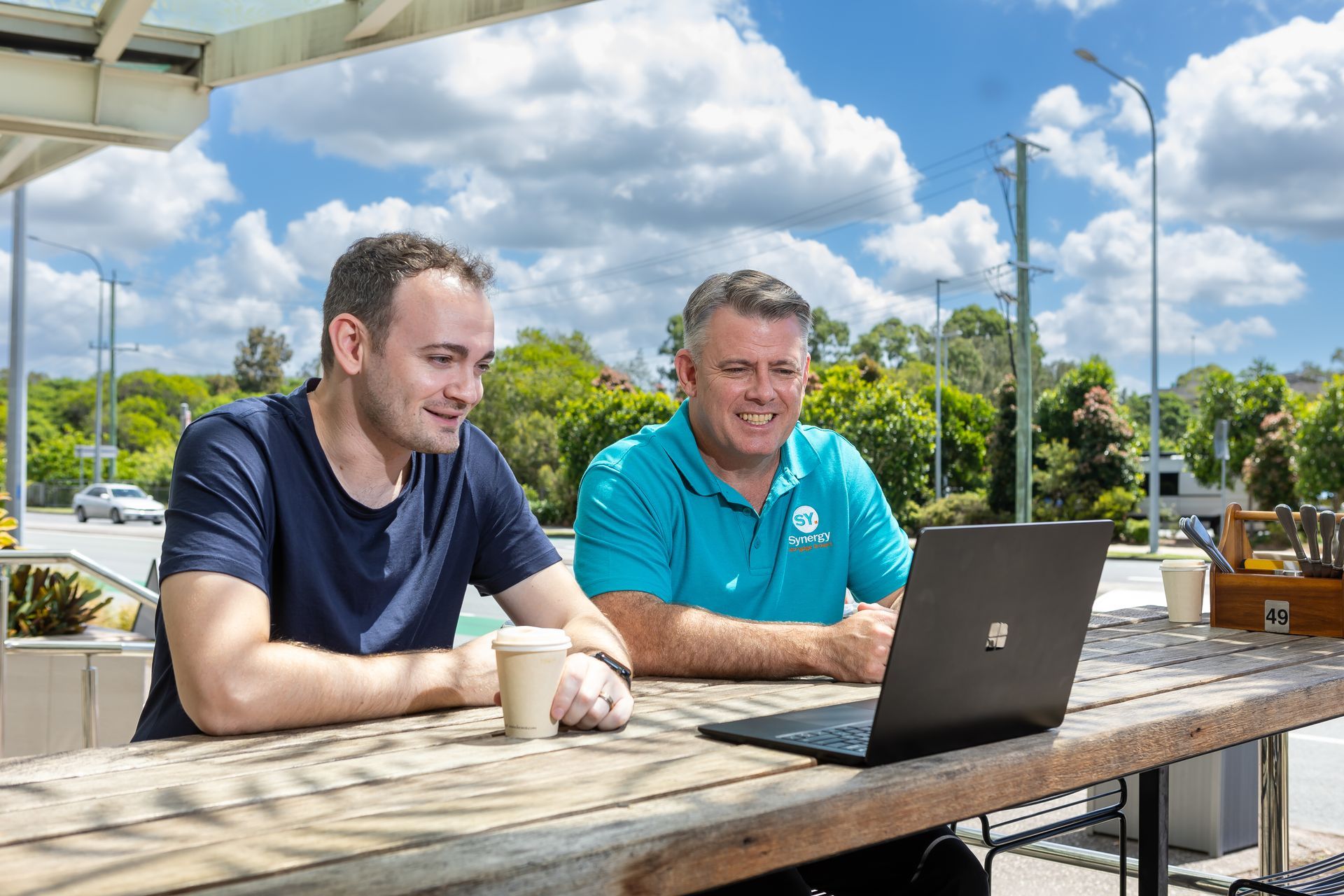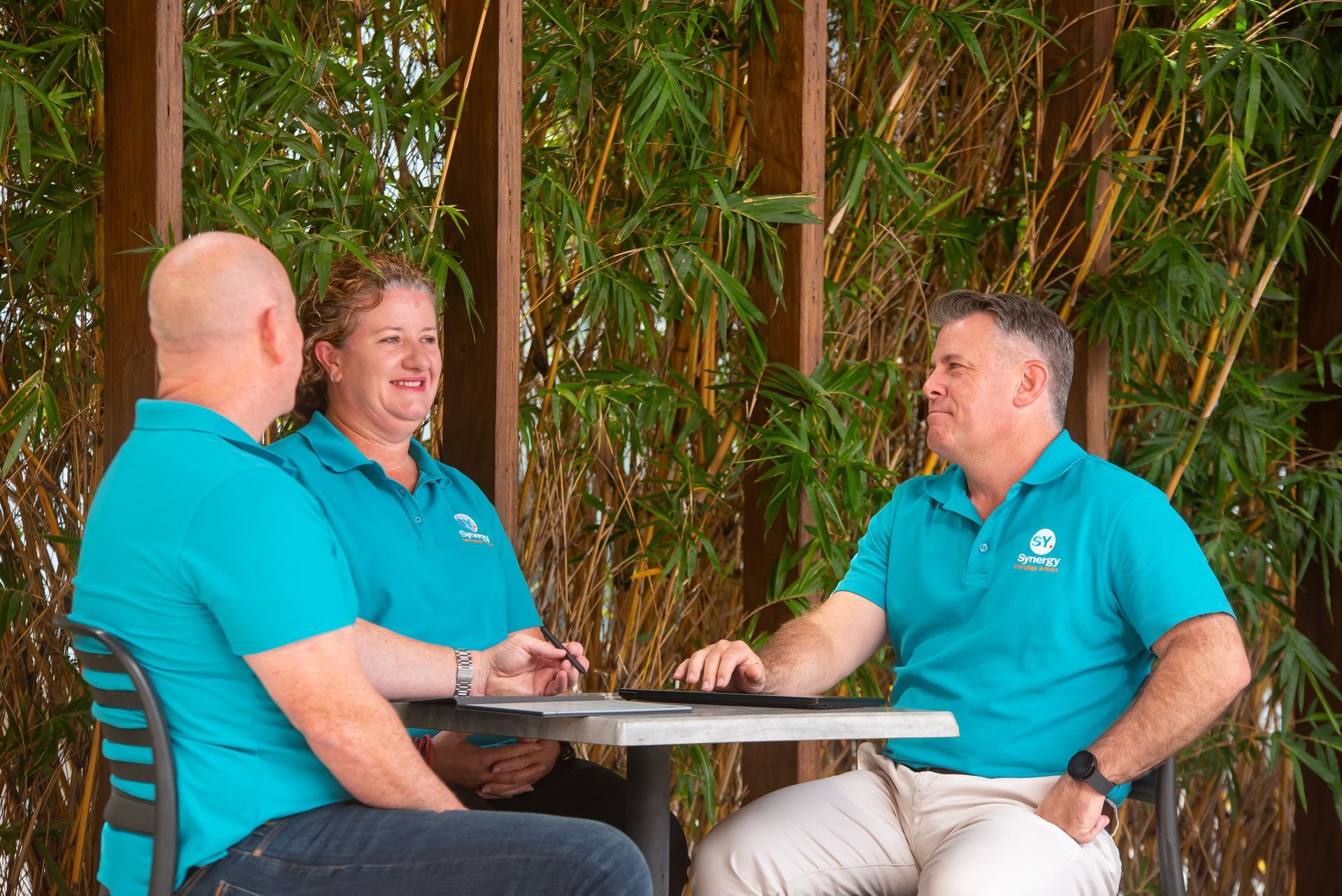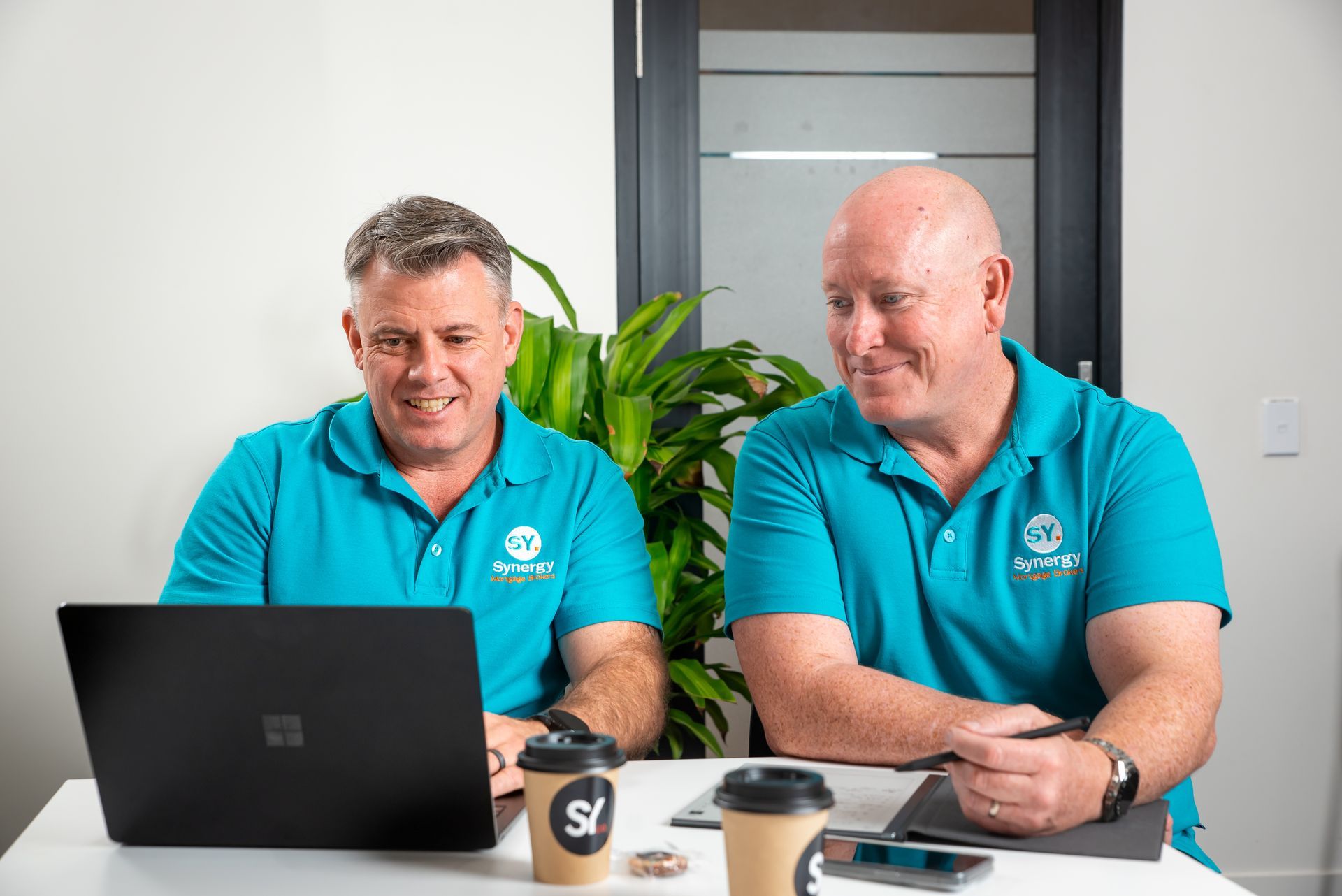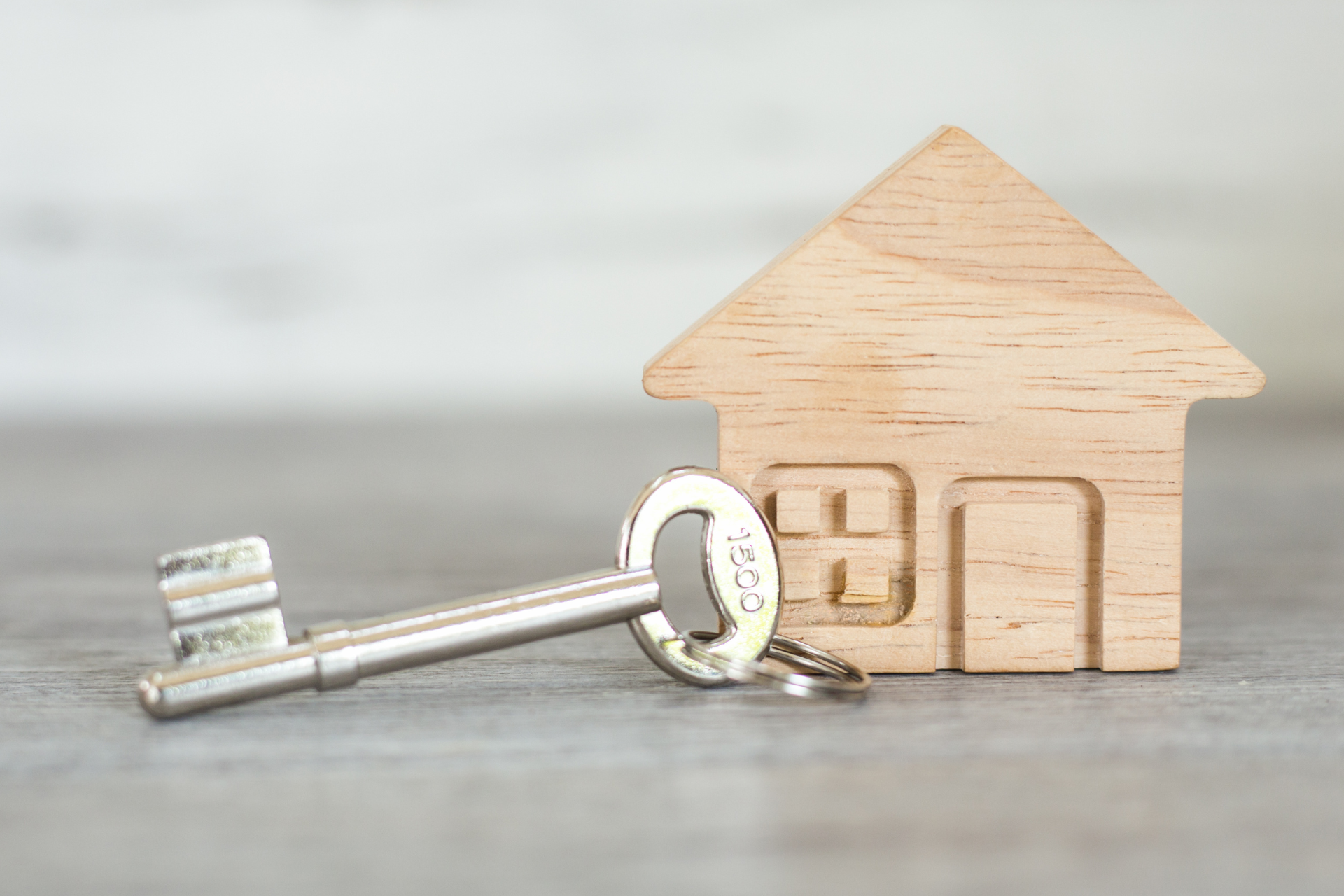Negative Gearing Explained: A Property Expert's Plain English Guide
As of the 2021–22 financial year, approximately 2.3 million Australians owned investment properties. While negative gearing is often associated with high-income investors, data indicates that a significant portion of these investors are everyday Australians. Specifically, 67% of property investors in the 2020–21 financial year had a taxable income of less than $100,000. However, it's noteworthy that high-income households disproportionately benefit from negative gearing, with those earning more than $180,000 annually receiving almost one-quarter of the total tax benefits.
It seems counterintuitive that property investors could benefit from losing money on their investments. The tax advantages can make it worthwhile because you can offset property losses against your regular income. This is a big deal as it means that your taxable income drops, which appeals to both new and experienced investors.
This article explains negative gearing in plain English. You'll find out how it works, if it fits your financial goals, and what common pitfalls to avoid with this investment strategy.
What Is Negative Gearing?
Negative gearing happens when an investor borrows money to purchase a property, and the ongoing costs—such as loan interest, maintenance, and management fees—exceed the rental income it generates. While negative gearing provides tax benefits that can offset these losses, the core investment strategy is centred on long-term capital growth.
Historically, Australian residential property has demonstrated strong capital appreciation. As of September 2024, the total value of residential dwellings in Australia reached $11.09 trillion, reflecting an increase of $156.3 billion in just one quarter. Over the past year, national home values have risen by 5.5%, further reinforcing property as a viable long-term investment.
With a track record of sustained growth, property investment—when combined with the tax advantages of negative gearing—remains an appealing wealth-building strategy for many Australians.
The Simple Concept Explained In Plain English
A property becomes negatively geared when the rent you collect doesn't cover expenses like mortgage interest, maintenance, and other property costs. For instance, if your property brings in $25,000 in annual rent but costs $30,000 to maintain and finance, you're looking at a $5,000 loss.
How Negative Gearing Works In Practice
Here's a ground example:
Income/Expense- Annual Amount
Rental Income $20,000
Interest & Costs $26,000
Annual Loss $6,000
Depending on how the ownership and finance are structured for the property, you may be able to use this loss to lower your taxable income. As of the 2020–21 financial year, approximately 1.1 million Australian property investors reported a net rental loss, indicating the widespread use of negative gearing strategies. This approach remains popular due to its potential for long-term capital growth, alongside tax incentives that help offset short-term losses.
Negative Gearing Key Terms
Here are the terms you'll come across:
- Gearing: Refers to borrowing funds to increase investment monies
- Positive Gearing: When the income generated from an investment exceeds the cost
- Capital Gains: The profit you make when selling the property
- Tax Deduction: A business or personal expense that lowers your taxable income
Negative gearing is a financial strategy accessible to individuals across various income levels. Recent data indicates that approximately 63% of Australians who utilise negative gearing have taxable incomes below $80,000 per year. This demonstrates that negative gearing isn't exclusively for high-income earners but is also employed by many with modest incomes.
Understanding The Numbers Behind Negative Gearing
The original formula for negative gearing is straightforward:
Negative Gearing = Rental Income – (Interest + Expenses).
Breaking Down A Real Negative Gearing Example
Let's look at this scenario. Your property brings in $500 per week in rent, which adds up to $26,000 a year. You pay $23,000 in loan interest and $6,000 in property expenses. Here's how the numbers break down:
Component - Annual Amount
Rental Income $26,000
Loan Interest $23,000
Property Expenses $6,000
Net Position - $3,000
Calculating Potential Tax Benefits
Your tax rate determines how much you'll save. You can carry forward your loss to the next financial year if your other taxable income can't cover it.
Common Expenses You Can Claim
You can claim many expenses right away:
- Property management and advertising fees
- Council rates and land tax
- Insurance (building, contents, liability)
- Maintenance and repairs
- Legal expenses for tenant matters
- Body corporate fees
- Cleaning and pest control
- Mortgage interest and bank charges
You can also claim depreciation on the building at 2.5% per year and certain assets inside the property. The building must not be older than 40 years. These deductions can affect your tax position significantly.
Step-By-Step Guide To Implementing Negative Gearing
First, you need to assess if negative gearing fits your financial situation. Investing in property is a large and long-term commitment, so it is important to get professional advice upfront.
Assessing If Negative Gearing Suits Your Situation
Think over these key factors:
- Your current income and tax bracket
- Available cash flow to cover loan repayments and potential losses
- Long-term investment goals
- Risk tolerance
- Knowing how to manage property expenses during vacant periods
Setting Up Your Investment Property For Negative Gearing
After deciding to move forward, you'll need to arrange your investment the right way.
Managing Ongoing Requirements and Record-Keeping
The Australian Tax Office wants complete records kept for at least five years. You must keep these essential documents:
- Loan agreements and mortgage statements
- Receipts for all property-related expenses
- Rental income records and lease agreements
- Bank statements showing all transactions
- Property management reports
- Depreciation schedules for assets over $300
Good record-keeping matters because the ATO might reject deductions without proper documentation. A digital record-keeping system helps organise your documents better.
Common Negative Gearing Mistakes To Avoid
You can avoid making pricey mistakes by knowing the common pitfalls of negative gearing. Let's get into the most frequent errors property investors make.
Overestimating Tax Benefits
The biggest misconception is that negative gearing automatically creates financial gains. You might save on tax, but it is not a dollar-for-dollar saving and will change depending on your annual taxable income and tax bracket. Engaging your accountant and mortgage broker early will assist in setting reasonable expectations on the benefits that may be achieved.
Poor Property Selection Decisions
Many investors make the mistake of focusing only on tax benefits instead of property fundamentals. Remember, the goal in investing in property is to achieve wealth through capital growth or, eventually, through yields via positive gearing. Negative gearing is a benefit that helps make the investment choice more appealing.
Key selection mistakes to avoid:
- Buying new properties just for depreciation benefits
- Ignoring location and market fundamentals
- Failing to consider future rental demand
Cash Flow Management Errors
Negative gearing can offer tax advantages, but poor cash flow management often creates financial stress. You must have enough income to cover:
- Monthly mortgage payments
- Maintenance costs
- Periods without rental income
- Unexpected expenses
Important Warning: Your property will cost you money even after tax benefits. Tax savings might look attractive, but negative gearing means you're losing money unless you achieve capital growth.
How Synergy Can Help
Navigating the complexities of negative gearing can be challenging, but Synergy Mortgage Brokers is here to guide you. With years of experience in the Australian property market, we offer tailored solutions to help you optimise your investment strategy.
Why Choose Synergy Mortgage Brokers?
- Comprehensive Support: We provide end-to-end assistance, from selecting the right loan structure to managing your ongoing financial requirements.
- Expert Collaboration: Through our sister company, Synergy Accountants, we offer coordination for all your accounting and tax needs. This ensures you maximise tax benefits while avoiding costly mistakes.
- Personalised Guidance: Our team takes the time to understand your financial goals and risk tolerance, helping you make informed decisions.
Let Synergy Mortgage Brokers simplify your property investment journey.
Subscribe Today!
Stay in the loop - subscribe to our newsletter for the latest trends and insights.








